
Electrifying Norway’s longest ferry crossingElectrifying Norway’s longest ferry crossing
The first thing you notice aboard the Drag–Kjøpsvik ferry is the nature. The next thing is the silence. On the 15-kilometer route, the longest fully electric ferry connection in Norway, MF Fannefjord glides across Tysfjord with barely a sound. Meanwhile, the passengers aboard are treated to the breathtaking backdrop of Norway’s national mountain, Stetind, rising proudly in the distance.
A challenge turned opportunity
Retrofitting MF Fannefjord to run entirely on battery power marked a significant step for Fjord1. Previously running on fossil fuels, the ferry required an energy system that could handle the rigorous demands of the long crossing while meeting zero-emission goals. Norwegian Electric Systems delivered a fully integrated energy solution, combining innovation and precision to redefine what’s possible in ferry electrification.
Engineering advanced energy systems
At the heart of MF Fannefjord’s transformation is a carefully designed energy setup tailored for efficiency and reliability. The system features Quadro Master DC switchboards, which streamline power management and maintain stability across operations.
The ferry’s 2,938 kWh battery pack is charged by land-based stations at Drag and Kjøpsvik, each delivering over 3,100 kilowatts of power. This capacity—equivalent to 60 fast car chargers—allows the batteries to recharge in just 15 minutes during docking. This rapid charging capability ensures seamless operation along one of Norway’s most scenic and demanding ferry routes.
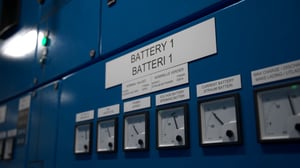
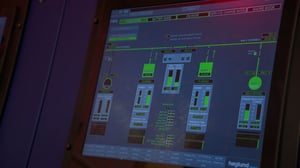
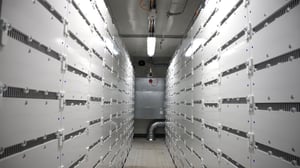
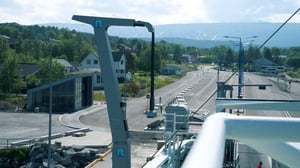
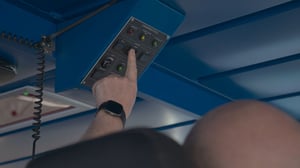
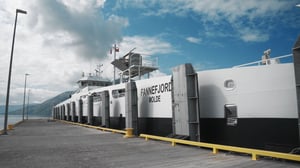
A quiet and seamless passenger experience
Passengers cross Tysfjord in near silence, free from the noise of traditional engines. The ferry’s electric propulsion ensures a smooth, vibration-free journey that enhances the natural tranquility. Inside the café, the hum of a refrigerator often stands out as the loudest sound. This shift demonstrates how modern battery systems deliver both sustainability and exceptional comfort.
A collaborative success story
The transformation of MF Fannefjord highlights how collaboration between Fjord1 and NES can deliver meaningful innovation. NES designed and pre-assembled the charging stations in Bergen, streamlining installation and minimizing operational disruption. These efforts demonstrate the critical role of precise engineering in realizing complex electrification projects.
“This project shows how we can work smarter and achieve significant environmental gains,” says Nils Kristian Berge, Technology and Project Director at Fjord1.
By transitioning to full battery power charged with hydropower, MF Fannefjord operates as a zero-emission ferry, eliminating NOx and CO₂ emissions. This shift preserves the pristine air and natural beauty of the Tysfjord region and sets a benchmark for sustainable maritime transport.
Paving the way for a zero-emission future
The Drag–Kjøpsvik route's success demonstrates the scalability of electric ferry solutions. While this project is a milestone, it is part of a larger vision. We are already working on larger electrification projects, such as the Rødby–Puttgarten ferry connection, requiring 15-megawatt charging systems for a 10,000 kWh battery pack.
As battery technology advances, even more ambitious routes are becoming feasible.
“We can now electrify routes we thought impossible just five years ago,” adds Berge, emphasising the pace of innovation in the industry.
With MF Fannefjord leading the way, Norway’s coastline continues to transform into a model of sustainable maritime transport.
